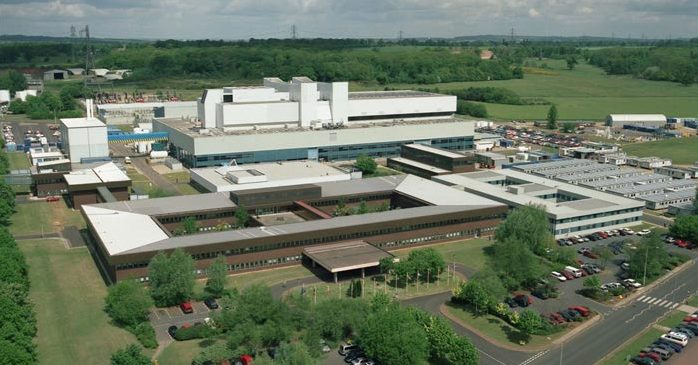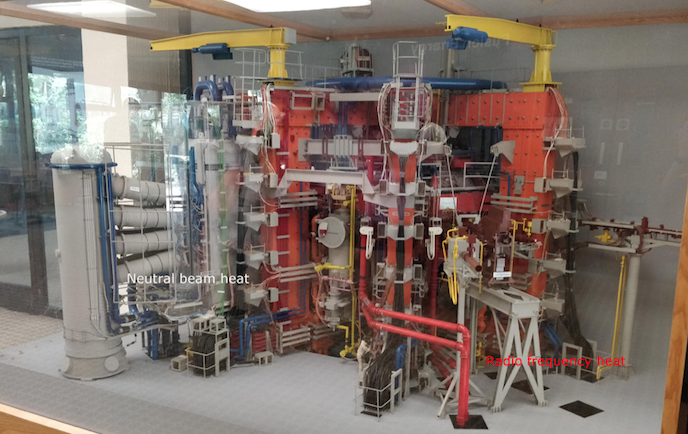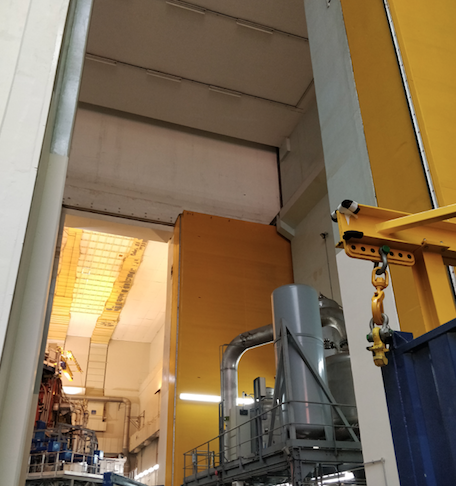
During the two-week Culham Plasma Physics Summer School organized at Culham Science Center, UK, one of the most expected moments is the visit to Joint European Torus (JET). JET is the world’s largest operational magnetically confined plasma physics experiment. It is based on a tokamak design and is the direct predecessor to ITER, which should be operative in 2025.
JET runs only during some seconds at the time and thereafter it must rest about 20min before a new run. In a good operative day, about 20 runs are carried out. These runs are made for experimentation and no electricity is produced. However, a lot of energy is required (about a 1% of the total energy used at a given moment in the UK). This is why a direct phone line from London to the JET control room can ring at any moment, kindly requesting to stop experiments.

Since the JET flag-ship campaign with a fusion-reactor-relevant deuterium-tritium fuel mixture in 1997, no deuterium-tritium fusion experiment has been done. Preparations for a new deuterium-tritium campaign are on their way in order to reduce the gap to ITER operations.
There are two main ways to heat the plasma inside the device, as shown in figure 2. On the one hand, using radio-frequency (similar to how a microwave heats food); and on the hard the Neutral Beam Injection (NBI), which consist in injecting a beam of high-energy neutral particles and is considered the most powerful option.

At Culham there are two identical JET tokamaks. But only one is real. The other is a 1:1 replica for training staff, tours or even TV shows.

Although fusion is much safer than fission (it does not create chain reactions, long-term radioactive isotopes and plasma cannot survive more than some seconds), it generates high-energy neutrons, which are safety hazard. When JET is operating, two gigantic yellow doors remain locked, hiding away and isolating the device, a shown in figure 3.
